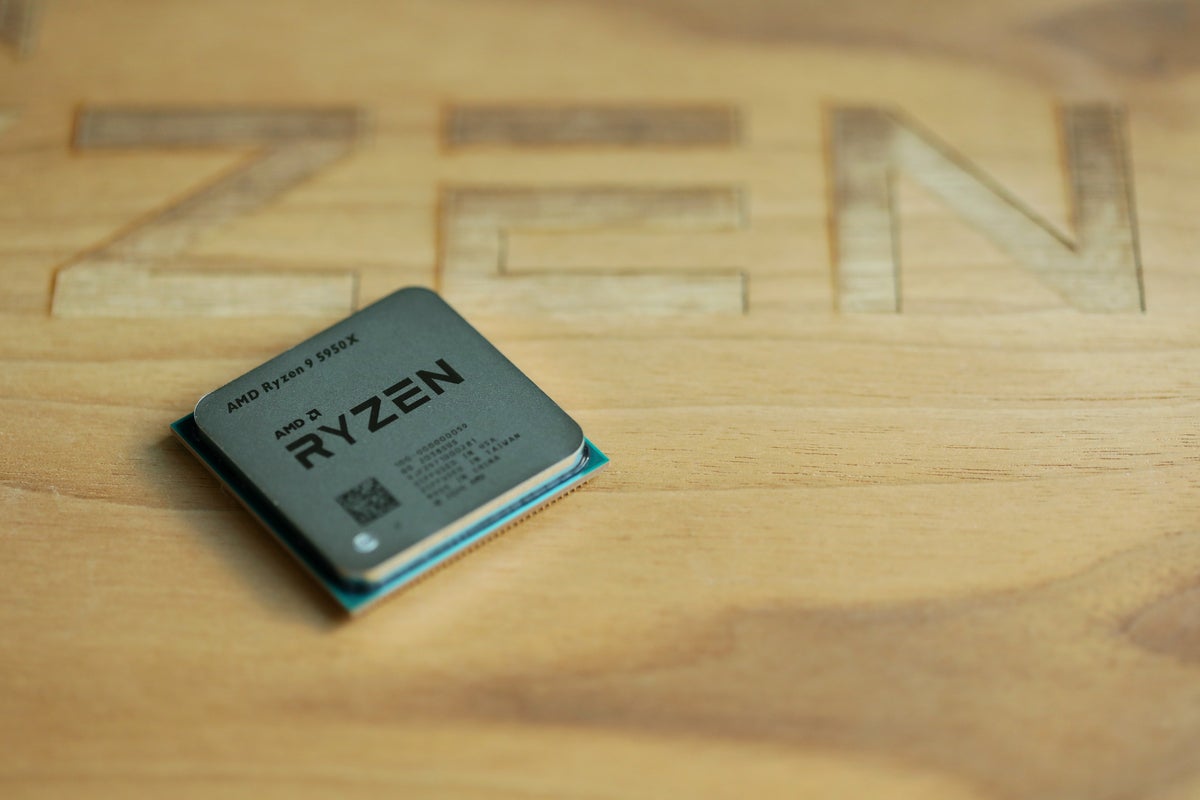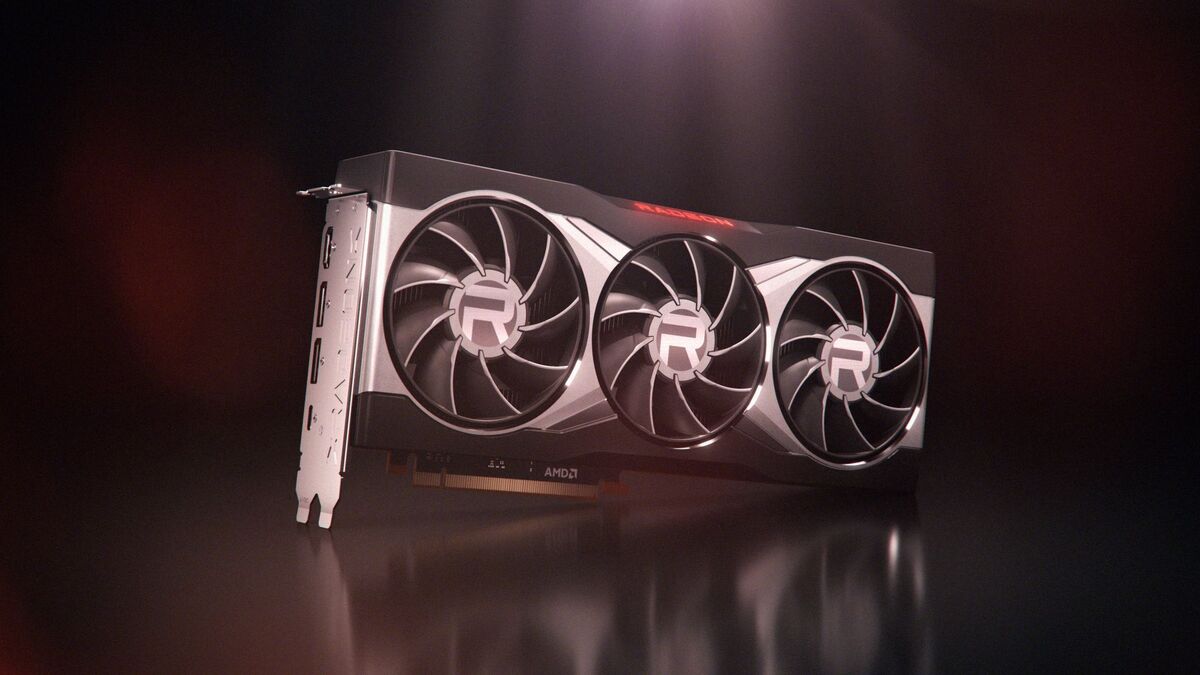AMD’s new Ryzen 5000 is the best desktop CPU we’ve ever tested. Let’s drill down into exactly why you need it.
AMD
Today’s Best Tech Deals
Picked by PCWorld’s Editors
Top Deals On Great Products
Picked by Techconnect’s Editors
With reviews officially declaring AMD’s Ryzen 5000 the best CPU in a generation, you’re probably wondering if the Zen 3-based chip is for you. To help you quickly break down all the reasons to invest in this chip, here are five reasons you’ll want a Ryzen 5000 in your desktop PC.
You want the very best multi-core performance
For a number of years, AMD has left Intel in applications that rely on a lot of CPU cores. We’re talking about 3D animation, certain video editing chores, and workstation-level applications. In this category, AMD’s Ryzen 5000 (not to mention its predecessors) have flattened Intel for years. See our Ryzen 5000 multi-core benchmarks in 3D rendering and content creation for evidence.
You want the very best single-core performance
The shocking surprise with Ryzen 5000 is its advantage in single-threaded and lightly-threaded tasks such as web browsing, Microsoft Office, and many photo editing tasks. AMD simply didn’t have this advantage in previous CPU generations. Case in point: The Ryzen 7 2700X was at a 14 percent deficit against its Intel counterpart, the Core i7-8700K, in single-core performance. The Ryzen 9 3900X, meanwhile, was only about 3 percent faster—or pretty much even—with its counterpart the Core i9-9900K.
The Ryzen 9 5900X, however, is 18 percent faster than its adversary, the Core i9-10900K in single-core. That’s a huge win for AMD. You can see our Ryzen 5000 single-core gaming benchmarks for more detail.
 Gordon Mah Ung
Gordon Mah UngYou want PCIe 4.0
PCIe is the standard connection for GPUs and NVMe SSDs in a PC, and upgrading from PCIe 3.0 to PCIe 4.0 means doubling your potential bandwidth. A PCIe 4.0 SSD, for example, might be able to read at 7GBps, while a PCIe 3.0 drive might top out at 3.5Gbps.
Turning to gaming, Nvidia’s new GeForce RTX 30-series GPUs and AMD’s Radeon RX 6000 GPUs both support PCIe 4.0. Combine this with Microsoft’s DirectStorage to increase game-loading performance, and there is a legit rationale for having PCIe 4.0 in your next CPU. And, yeah, the only consumer CPUs that offer PCIe 4.0 are AMD’s Ryzen 3000 and Ryzen 5000.
You want to save power
Unlike Intel, which has been stuck on an elderly 14nm process, AMD’s use of an advanced TSMC 7nm fabrication process pays off in huge power savings. Combine this with the aggressive power-saving designs of the new Zen 3 core, and you can literally save electrical power on your energy bill.
For example, we measured near identical PCs built on the 12-core Ryzen 9 5900X and the 10-core Core i9-10900K running CPU-intensive tasks. While the Intel box would use from 260 to 280 watts at the wall, the Ryzen 9 5900X never spiked above 230 watts. That’s basically 13 to 20 percent savings, which is real money in the long run.
 AMD
AMDAMD’s flagship Radeon RX 6900 XT gets even better with Ryzen.
Pairing your CPU with a Radeon RX 6000 GPU
One of AMD’s surprise reveals during the Radeon RX 6000 series accouncement is its “Smart Access Memory” feature, which allows all of a Radeon RX 6000’s memory to be accessed by the CPU rather than only seeing a small window of it. AMD said the feature can lead to a 5 to 11 percent increase in performance. And by the way, the feature only works when you combine that Radeon RX 6000 with a Ryzen 5000 CPU.
So there you have it. Do you want the very, very best? If you’re building a new PC, or buying a pre-built machine from a boutique vendor, there’s really no better CPU than an AMD Ryzen 5000 at this point in time.
Note: When you purchase something after clicking links in our articles, we may earn a small commission. Read our affiliate link policy for more details.
One of founding fathers of hardcore tech reporting, Gordon has been covering PCs and components since 1998.


